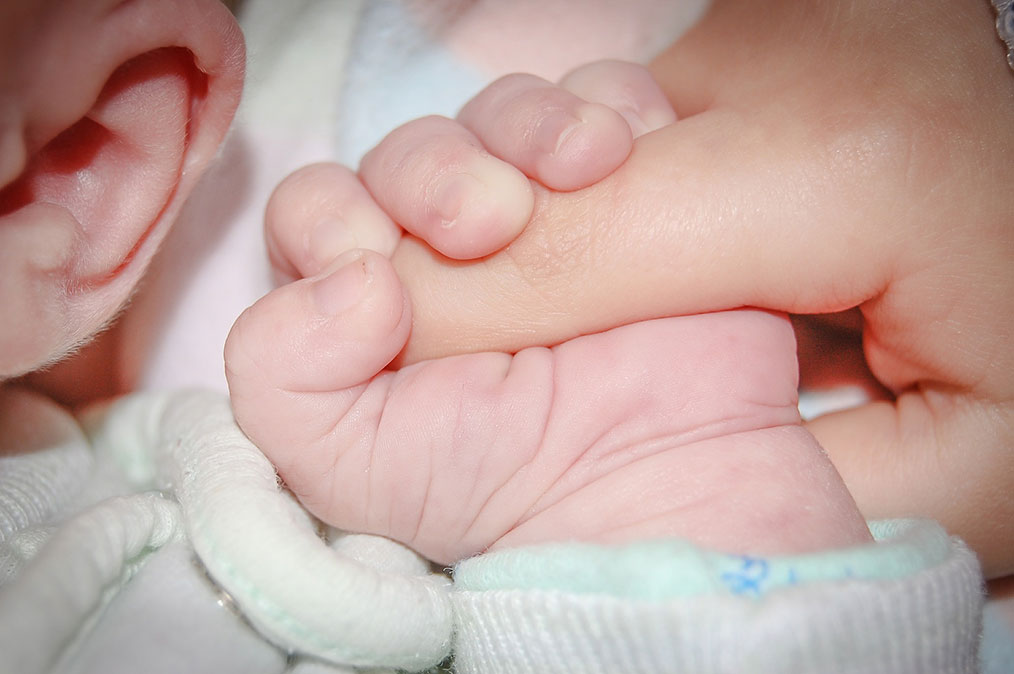In the aftermath of a traumatic delivery, parents struggle to understand what happened and why. Determining whether the newborn’s condition classifies as a birth injury or birth defect clarifies causes and implications for the road ahead.
Origins and Causes
Birth defects arise from developmental issues during pregnancy, often traced back to genetic anomalies or maternal infections. Birth injuries occur during the birthing process from oxygen deprivation or physical trauma.
Common causes of delivery injuries include:
- Improper use of medical instruments
- Failure to monitor fetal distress
- Not responding rapidly to umbilical cord issues
Pinpointing origins provides critical medical evidence.
Resulting Disabilities and Care
Both birth injuries and defects cause lasting disabilities, typically including cerebral palsy, epilepsy and cognitive delays depending on areas affected.
Customized therapies and medication provide the foundation for managing symptoms. However, injuries attributable to errors may indicate grounds for investigation and negligence claims.
Shifting Developmental Trajectories
Birth defects exist as a known condition at delivery unlikely to drastically worsen over time. The implications tend to remain consistent though still require adaptations.
In contrast, birth injuries represent an evolving diagnosis as damage to rapidly developing brains may continue inflicting further neurological harm that shows up gradually. Ongoing assessments help guide appropriate interventions.
While both lead to a difficult start in life for affected children, recognizing distinctions between injuries and defects assists families with charting their own path forward in understanding their child’s unique needs. After an already traumatic experience, clear insights bring some small comfort.

